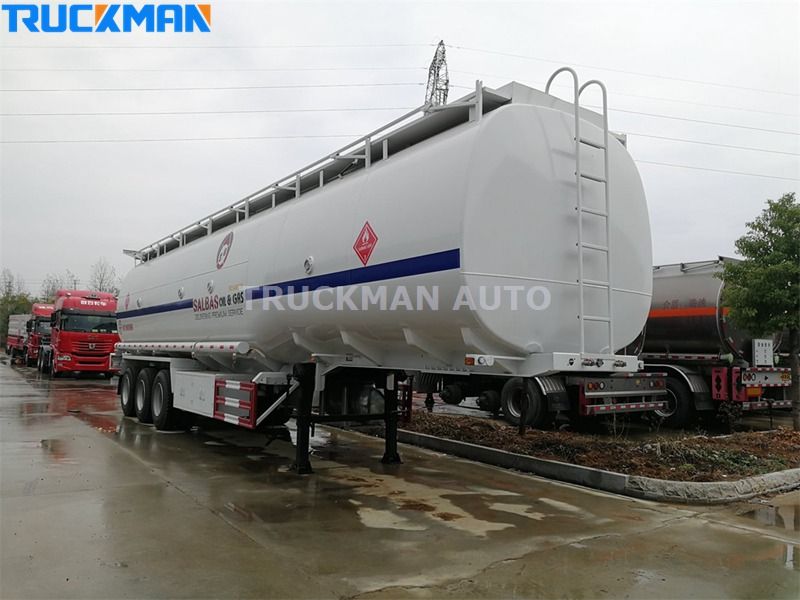
Multilayer PCBs, with their intricate layers and compact form factor, have revolutionized the electronics industry. But how do these marvels of miniaturization come to life? This blog post delves into the fascinating world of fabrication techniques for multilayer PCBs, unveiling the meticulous processes that transform design concepts into functional electronic workhorses.
The Multilayer PCB: A Layered Masterpiece
Before diving into fabrication, let's revisit the core structure of a multilayer PCB. It comprises several conductive layers (signal layers and power/ground planes) sandwiched between insulating dielectric materials. Tiny vias, plated through-holes, electrically connect these layers, enabling signals to flow throughout the board. The number of layers can vary depending on the design complexity, typically ranging from 4 to well over 20.
The Fabrication Journey: A Step-by-Step Exploration
The fabrication of multilayer PCBs involves a meticulously orchestrated sequence of steps:
-
Inner Layer Patterning:
- The desired circuit patterns are formed on individual sheets of copper laminate (prepreg) using a subtractive process. This typically involves a photolithography technique where a photoresist film is applied to the copper, exposed to UV light through a design mask, and then chemically etched to remove unwanted copper.
-
Layer Lamination:
- The patterned inner layers are meticulously aligned and stacked with prepreg sheets separating them. Heat and pressure are applied to bond these layers together, forming a core structure.
-
Drilling and Plating:
- Precisely controlled drilling creates tiny holes, called vias, that will connect the conductive layers throughout the PCB. These holes are then metalized through an electroless plating process to establish electrical continuity.
-
Outer Layer Patterning:
- Similar to the inner layers, the outer layers (top and bottom surfaces) of the PCB are patterned using photolithography to define the final copper traces and pads.
-
Drilling and Plating (Optional):
- Depending on the design, additional drilling and plating might be required on the outer layers to accommodate components with through-hole connections.
-
Solder Mask Application:
- A protective solder mask layer is applied to the PCB surface. This layer covers areas that should not be soldered, leaving exposed pads for component attachment.
-
Surface Finish:
- The exposed copper surfaces are treated with a final finish, such as electroless nickel/immersion gold (ENIG), to enhance solderability and corrosion resistance.
-
Electrical Testing:
- Rigorous electrical testing is conducted to ensure the fabricated PCB meets design specifications and functions flawlessly. This may involve electrical continuity checks, opens/shorts detection, and impedance measurements.
-
Mechanical Routing:
- The outer edges of the PCB are precisely routed using CNC machines to achieve the final board shape.
-
Surface Markings:
- Silkscreen printing adds markings to the PCB surface, including component legends, reference designators, and logos.
ViasionPCB: Your Trusted Partner in Multilayer PCB Fabrication
ViasionPCB, with over 17 years of experience, is a leading manufacturer of high-quality multilayer PCBs. We are committed to providing exceptional service throughout the entire fabrication process:
- Design for Manufacturability (DFM) Review: Our engineers will meticulously analyze your design for manufacturability, identifying potential issues and recommending optimizations to ensure a smooth production process.
- Advanced Manufacturing Techniques: We utilize state-of-the-art equipment and proven manufacturing processes to deliver high-density, high-performance multilayer PCBs.
- Material Selection: We offer a wide range of high-quality materials to suit your specific electrical and performance requirements.
- Strict Quality Control: Our rigorous quality control procedures ensure every multilayer PCB meets the highest standards for functionality, reliability, and consistency.
Beyond the Basics: Advanced Fabrication Techniques
As PCB technology continues to evolve, so do the fabrication techniques:
- High-Density Interconnect (HDI) Techniques: Laser drilling and advanced via formation methods enable the creation of extremely dense and miniaturized PCBs.
- Build-Up Processes: Sequential buildup processes allow for the fabrication of multilayer PCBs with varying layer thicknesses and materials to optimize performance for specific signal types.
- Controlled Impedance Techniques: Specialized techniques ensure precise control over trace impedance, critical for high-speed signal transmission.
The Future of Multilayer PCB Fabrication
The future of multilayer PCB fabrication holds promise for even greater levels of miniaturization, performance, and functionality. Advancements in material science, laser technology, and additive manufacturing processes will continue to push the boundaries of what's possible.

 SURVEY
How Did You Hear About Us?
SURVEY
How Did You Hear About Us?





























Comments